SOURCE: AFI
Russia is set to propose its BMP-3 infantry fighting vehicle (IFV) for India’s prestigious Futuristic Infantry Combat Vehicle (FICV) program, aimed at replacing the aging Soviet-era BMP-II fleet that has been the backbone of the Indian Army’s Mechanised Infantry since the 1980s. The FICV project is a critical modernization effort by the Indian Army to enhance its capabilities, especially in light of ongoing border tensions and increasing security threats.
The Indian Army’s FICV program was initiated to replace its aging fleet of BMP-IIs, which have long outlived their operational utility. The BMP-IIs have been heavily deployed, particularly along India’s northern borders to counter China’s cross-border transgressions. However, they suffer from several limitations, including the lack of night-fighting capability, modern sensors, and anti-drone systems—crucial aspects in today’s modern battlefield environment.
Continue readingSOURCE: AFI

The latest satellite imagery from Kochi reveals that the new dry dock under construction at Cochin Shipyard has been flooded. This significant development marks a major milestone in the project, which is set to become the largest dry dock facility in India.
The new dry dock is capable of handling vessels with a docking displacement of up to 70,000 tonnes. This impressive capacity will enable Cochin Shipyard to accommodate larger and more complex ships, further solidifying its position as a leading shipbuilding and repair facility in the country.
Continue readingSOURCE: AFI
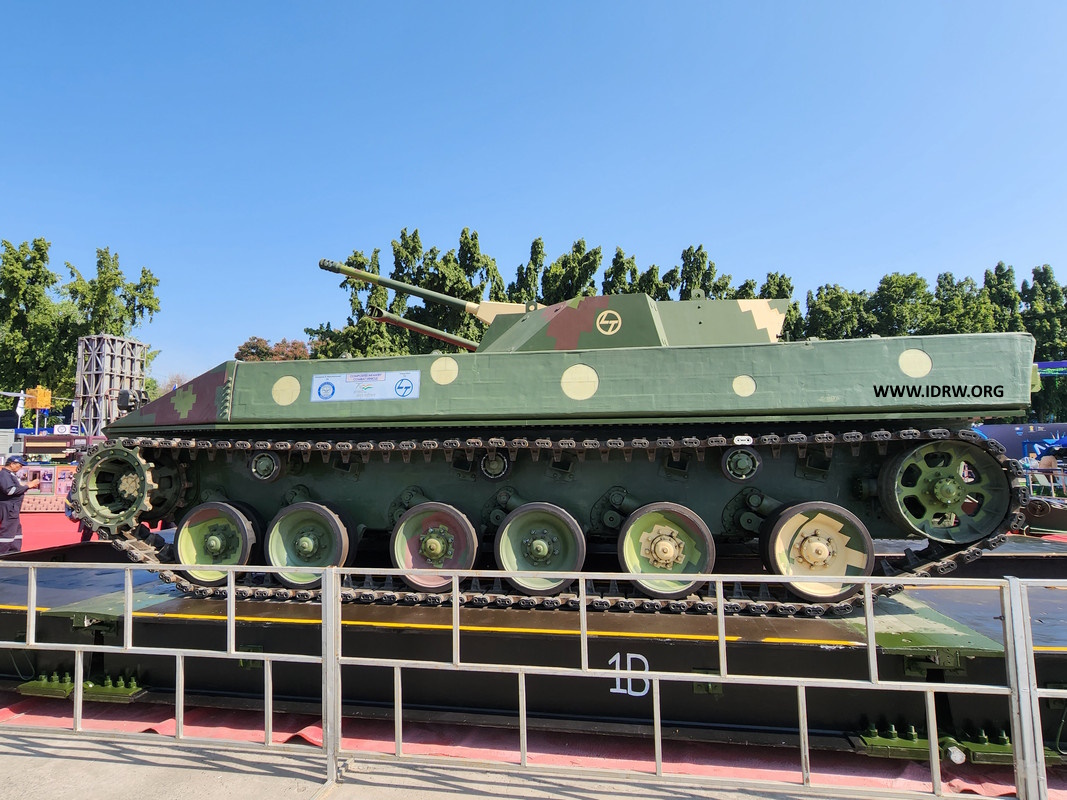
The Composites Research Center (CRC) is spearheading a groundbreaking project to develop a composite hull for an advanced armored platform, codenamed VIKRAM VT-21. This innovative initiative aims to enhance the protection and survivability of future armored vehicles by leveraging the superior properties of composite materials.
The VIKRAM VT-21 project is set to gain further momentum with the integration of the Nag Mk II anti-tank guided missile (ATGM). This powerful weapon system, known for its precision and long range, will significantly bolster the platform’s combat capabilities.
Continue readingSOURCE: AFP

Israel’s military said a Hezbollah drone had killed four soldiers at one of its northern bases Sunday, as it expanded its bombardments of Lebanon and troops battled militants across the border.
The attack on a military training camp in Binyamina, near Haifa, is the deadliest such assault on an Israeli base since September 23, when Israel increased its attacks on Hezbollah in Lebanon. Emergency services reported more than 60 wounded.
Continue readingSOURCE: AP
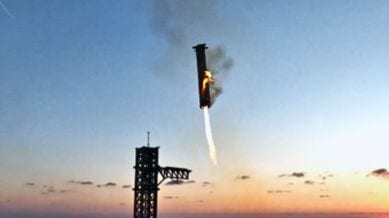
SpaceX pulled off the boldest test flight yet of its enormous Starship rocket on Sunday, catching the returning booster back at the launch pad with mechanical arms. A jubilant Elon Musk called it “science fiction without the fiction part.”
Towering almost 400 feet (121 meters), the empty Starship blasted off at sunrise from the southern tip of Texas near the Mexican border. It arced over the Gulf of Mexico like the four Starships before it that ended up being destroyed, either soon after liftoff or while ditching into the sea. The previous one in June had been the most successful until Sunday’s demo, completing its flight without exploding.
Continue readingSOURCE: IDRW.ORG
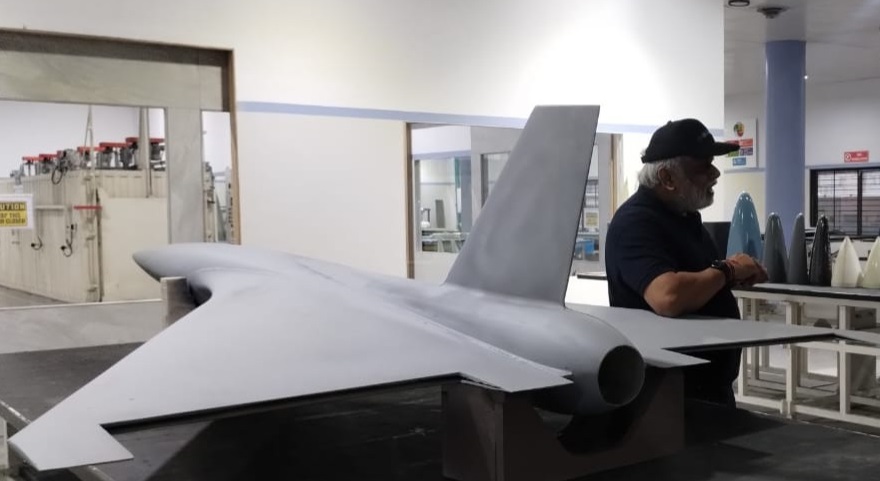
JSR Dynamics Private Limited, a Nagpur-based company, has showcased its latest development – a Blended Wing Body UAV airframe. This innovative design has garnered significant attention in the defense and aerospace industry.
While the company has not disclosed many specifics about the Blended Wing Body UAV, it is likely to be powered by a mini jet-powered engine. This suggests that the UAV could potentially be as large as the Iranian jet-powered Shahed-238 kamikaze drones.
Continue readingSOURCE: IDRW.ORG
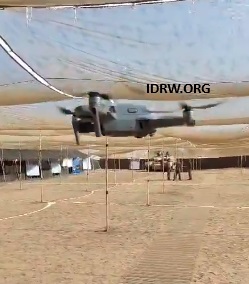
New Delhi-based Botlab Dynamics, an iDEX winner, showcased its innovative disposable lightweight drone at the recent 20th India-US YudhAbhyas exercise. This cutting-edge technology is poised to significantly enhance battlefield intelligence for the Indian Army and Navy.
The disposable drone, equipped with day/night surveillance capabilities and beyond-line-of-sight (BLOS) functionality, is designed to provide ground soldiers with real-time situational awareness. Its ability to assess battle damage further underscores its potential to revolutionize tactical operations.
Continue readingSOURCE: AFI
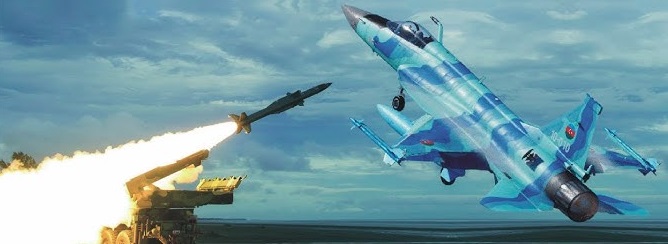
As three decades of hostilities between Armenia and Azerbaijan continue to simmer, a new phase in the conflict is taking shape, marked by the introduction of advanced air defense systems and fighter jets. Armenia has recently placed significant orders for India’s Akash 1S air defense interceptor missile system, while Azerbaijan has bolstered its air capabilities with JF-17 fighter jets developed by Pakistan and China. These acquisitions signal a potential shift in the military balance between the two nations, with both seeking to enhance their strategic advantages.
The Akash 1S air defense system, developed by India’s Defence Research and Development Organisation (DRDO), is poised to become the backbone of Armenia’s air defense network. Armenia’s decision to acquire the Akash 1S is a key part of its strategy to replace its aging Soviet-era air defense systems, which are now considered obsolete in the face of modern aerial threats.
Continue readingSOURCE: AFI
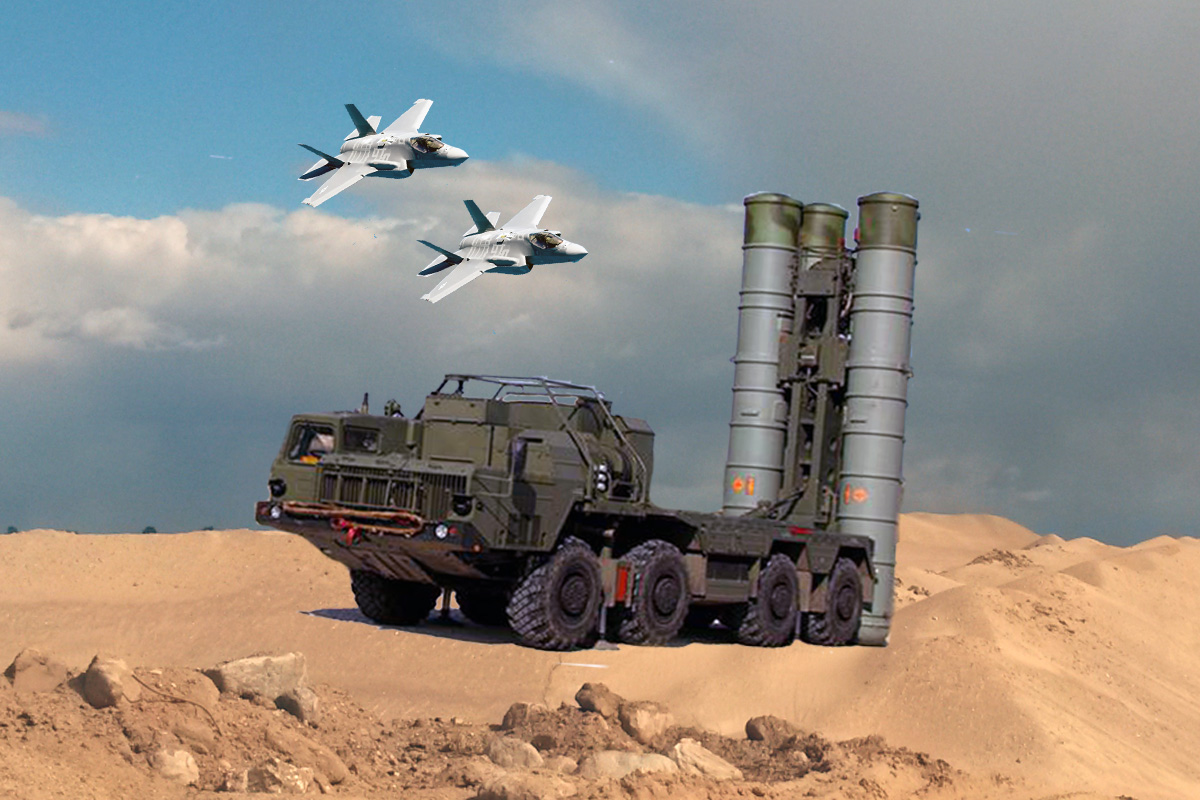
The advent of fifth-generation fighter jets like the F-35 Lightning II has revolutionized modern aerial warfare, challenging traditional air defense systems such as Russia’s S-400. The F-35, with its cutting-edge stealth technology, presents a significant hurdle for systems like the S-400, which are designed to track and engage a wide variety of aerial threats. Understanding the interaction between these technologies is crucial, especially as countries like India and Turkey, both operators of the S-400, navigate complex defense strategies in an era defined by advanced stealth platforms.
The F-35 Lightning II is a multi-role, fifth-generation fighter jet developed by Lockheed Martin for the United States and its allies. Its defining feature is its stealth technology, which allows it to evade detection by radar systems. The aircraft’s design minimizes its radar cross-section (RCS), making it nearly invisible to traditional radar systems. Additionally, it employs advanced electronic warfare (EW) capabilities to jam or confuse enemy radar systems, making it even more difficult to detect and track.
Continue readingSOURCE: AFI

In a move aimed at bolstering its operational capabilities in the challenging terrain of India’s northern borders, the Indian Army is seeking to hire helicopters from civil agencies. These helicopters will be tasked with a variety of duties, including logistics support, troop transportation, and casualty evacuation.
The Army plans to deploy these single-engine helicopters in select sectors of Jammu and Kashmir and Ladakh. These include Drass, Kargil, Batalik, Doda, Kishtwar, and Gurez. While the helicopters will be primarily operational during the winter months (November to April), their deployment may be extended to other periods as required.
Continue readingSOURCE: AFI

In a major diplomatic victory, India has secured a contract from Russia to construct four non-nuclear icebreaker ships. This decision marks a significant step forward in the India-Russia strategic partnership and positions India as a key player in Arctic affairs.
Russia’s choice to partner with India for this project is primarily driven by the challenges it faces due to Western sanctions. The NSR, a crucial maritime route connecting Europe and Asia, has become increasingly important for Russia’s economic development. However, the sanctions have limited Russia’s access to Western technology and equipment, making it difficult to build the icebreakers needed to navigate the Arctic waters.
Continue readingSOURCE: AFI

In a strategic move to counter China’s growing military presence along the Line of Actual Control (LAC), the Indian Ministry of Defense and the Indian Air Force are planning to take over three existing airstrips in Uttarakhand and construct a new one in the Spiti area of Himachal Pradesh.
Sources indicate that negotiations are underway to acquire the airstrips at Pithoragarh, Gauchar, and Dharasu in Uttarakhand. Additionally, a feasibility study has been conducted for a new airstrip at Rangrik in Spiti. These expansions aim to enhance India’s aerial capabilities and bolster its defense posture in the region.
Continue readingSOURCE: RAUNAK KUNDE / NEWS BEAT / IDRW.ORG
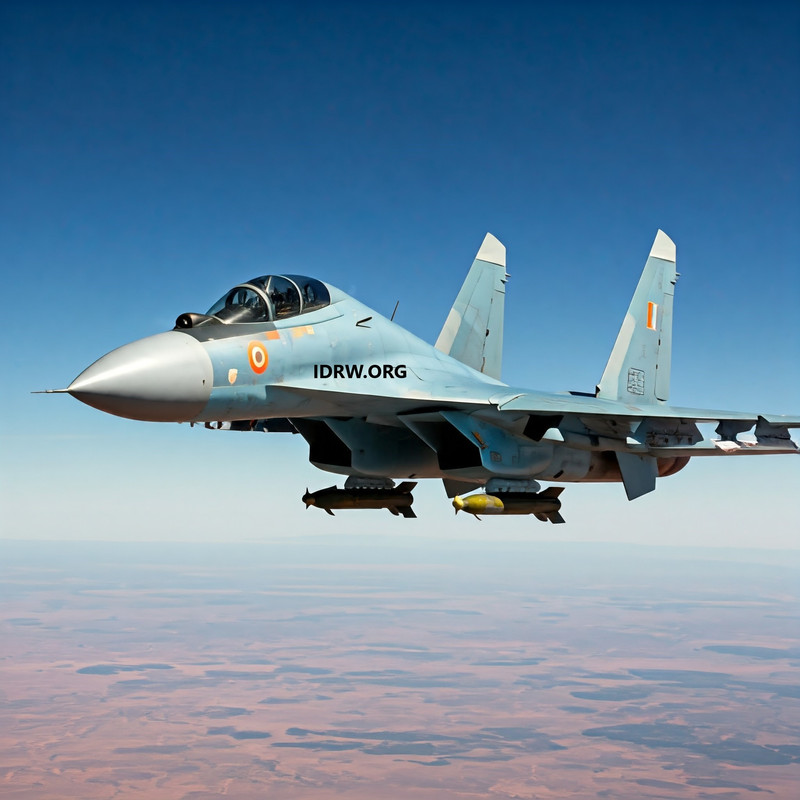
The Indian Air Force (IAF) is embarking on a significant modernization program to transform its fleet of Su-30MKI fighter jets into veritable “missile trucks.” As the development of long-range air-to-surface weapon systems accelerates, the Su-30MKI’s ability to stay airborne for extended durations and carry substantial payloads of missiles or bombs is becoming increasingly valuable.
This enhanced firepower will significantly expand the IAF’s capabilities, supplementing the limited missile-carrying capacity of other fighter jets in its inventory. The RudraM series of air-to-surface missiles, under development at a rapid pace, will play a crucial role in this transformation. The Rudram-3 and Rudram-4, in particular, are poised to become heavy hitters in the IAF’s arsenal and will be exclusively available for the Su-30MKI platform.
Continue readingSOURCE: RAUNAK KUNDE / NEWS BEAT / IDRW.ORG

The Indian Navy is ramping up efforts to enhance the stealth capabilities of its warships by focusing on reducing the Radar Cross Section (RCS) of exposed weapons and sensor equipment. In a strategic move to maintain an edge in naval warfare, the Navy has called upon its design teams to work closely with weapon and sensor suppliers to minimize the RCS of equipment mounted on its vessels.
This initiative is part of the Navy’s broader efforts to incorporate advanced stealth features into its warships, particularly those being developed as part of its Made in India campaign. By reducing the detectability of its ships on enemy radar systems, the Navy seeks to significantly enhance the survivability and combat effectiveness of its fleet in modern maritime conflicts.
Continue readingSOURCE: RAUNAK KUNDE / NEWS BEAT / IDRW.ORG
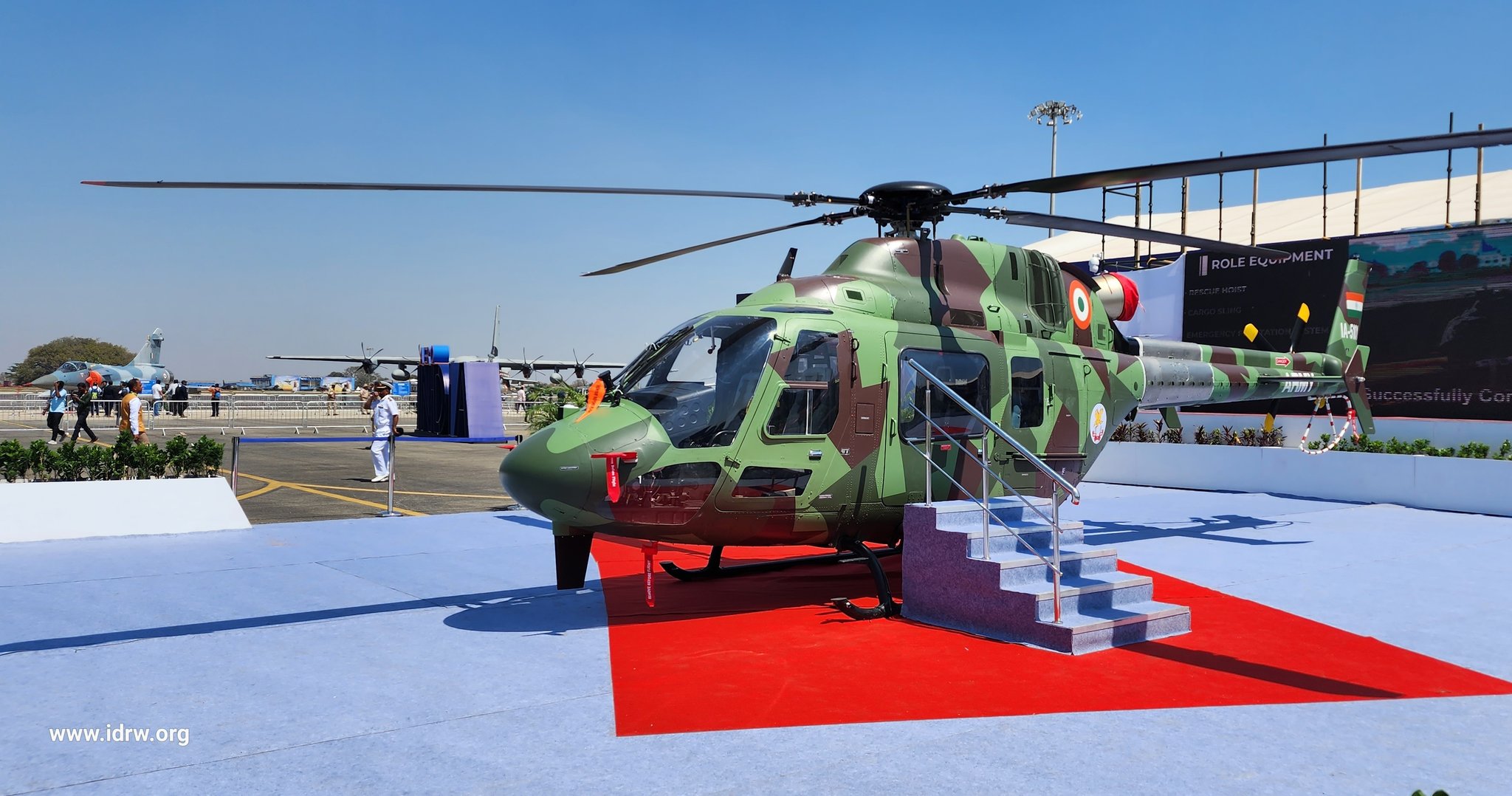
With ongoing delays and a lack of progress in the procurement deal with Russia for the Kamov 226T helicopter, the Indian Army is reportedly considering a significant increase in its order for the Light Utility Helicopter (LUH) developed by Hindustan Aeronautics Limited (HAL). This shift comes as the Army prepares to phase out its ageing fleet of Cheetah and Chetak helicopters over the next decade.
In 2015, India and Russia signed an Inter-Governmental Agreement (IGA) for at least 200 Kamov 226T twin-engine utility helicopters. The initial plan was to import 60 units directly from Russia, while the remaining 140 were to be manufactured locally by HAL. The Ka-226T was chosen for its twin-engine design, which is considered safer for high-altitude operations, particularly in challenging terrains like the Himalayas.
Continue reading